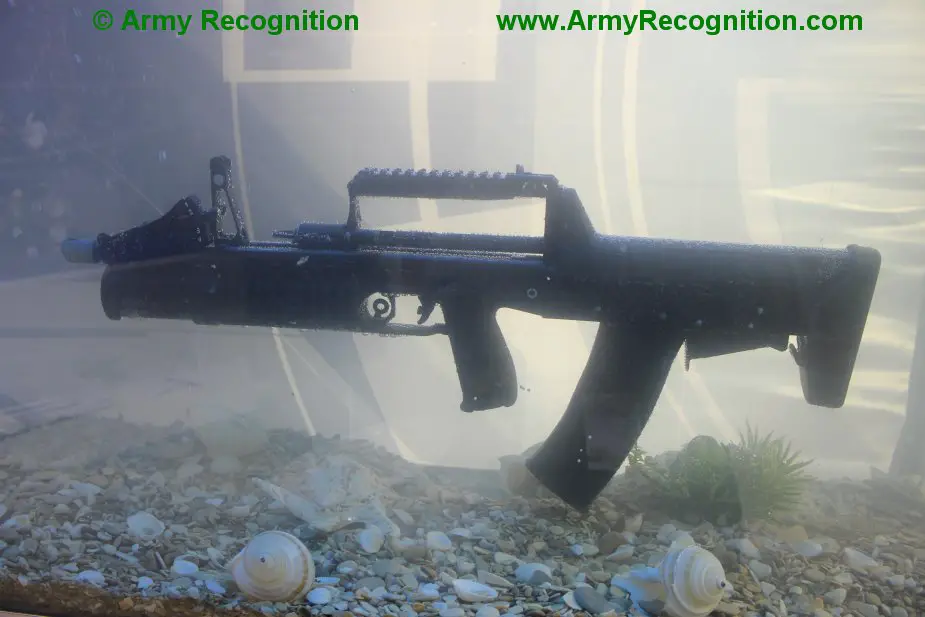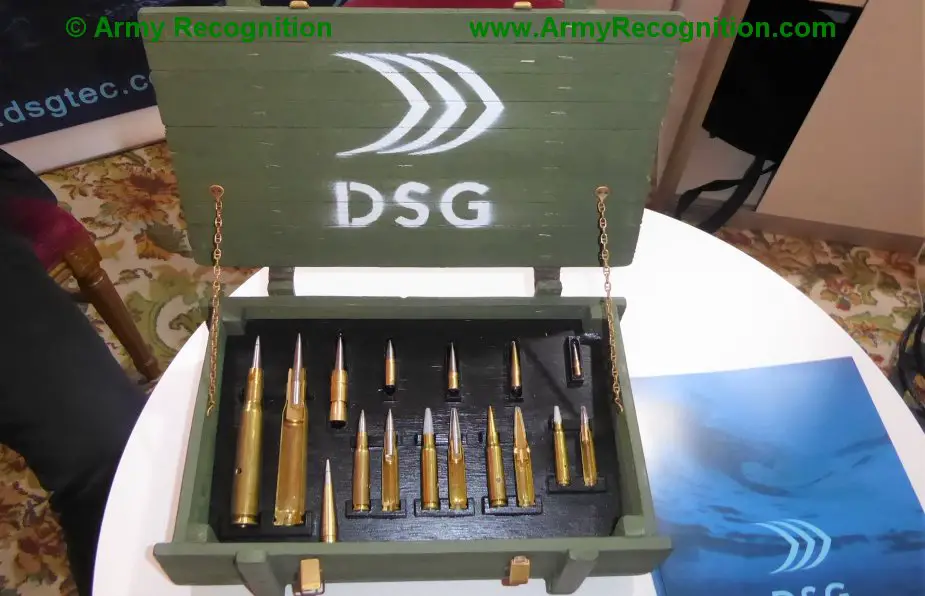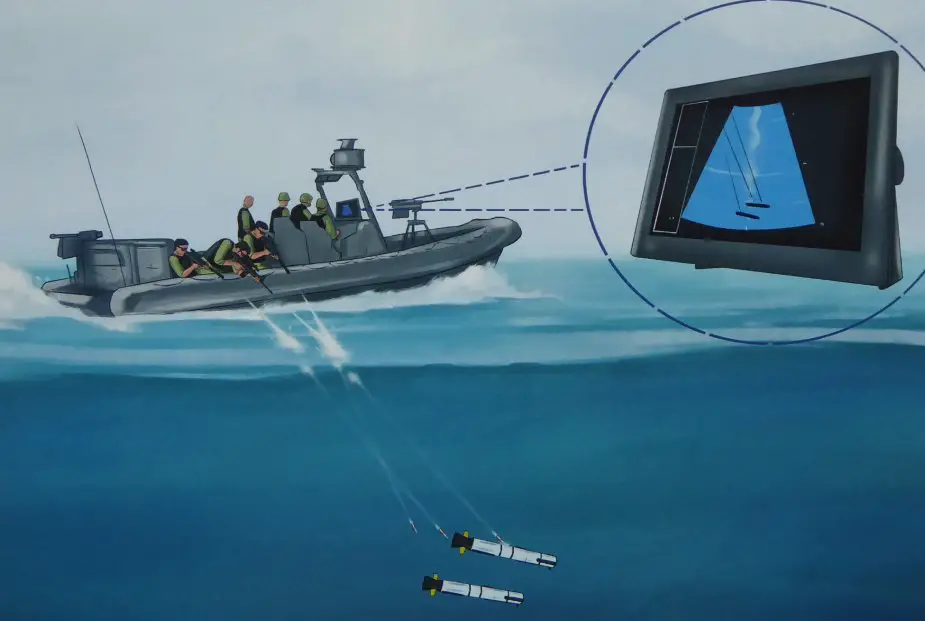Russia upgrades amphibious rifles for commando swimmers
The Russian defense industry is upgrading amphibious guns capable of shooting in the air and underwater. The Soviet Union has led the design for a long time, the Zvezda weekly writes.

Tula designers developed ADS commando rifle for effective use of the cartridge underwater. It was based on the bullpup A-91 rifle. (Picture source: Army Recognition)
The design of underwater arms began in 1960s. Some of them truly resembled a weapon, but most samples were extremely big with weird technical solutions.
The United States did not approve such guns and dropped the design. US experts believed it was as impossible to create an effective underwater rifle as an eternal engine. Soviet engineers had a different opinion and continued the research for combat swimmers. APS rifle and four-barrel SPP-1 pistol appeared in 1970s. They were accepted into service in 1975 and were classified as secret until 1993. APS staged a revolution in underwater arms. TsNIItochmash Institute created an effective and compact weapon. Its range was longer than direct visibility in water. Thus, frogmen could operate in underwater clashes not only with a knife. However, APS could operate only in water and was actually useless in ordinary ambient where the range did not exceed 100 meters. Therefore, combat swimmers had to carry both APS and Kalashnikov rifles.
The next stage was the development of amphibious weapons for fighting underwater and on land. In late 1990s, the Tula Design Bureau presented ASM-DT rifle which was a hybrid of APS and AKS-74U. The design allowed firing standard cartridges and underwater "needles". The magazines for various cartridges had different size. Besides, ASM-DT had a switch from the underwater to the ground regime. There was a water discharge system for fire with "ground" cartridges. Gunpowder gases were discharged through special channels and water was pushed out from the barrel. Despite an original design, ASM-DT was produced only in experimental models, as designers failed to resolve unification problem. A swimmer had no longer to carry two rifles, but he had to carry twice as many cartridges. It was necessary to create a cartridge for effective engagement both in water and on land.
In 2005, the Instrument-Manufacturing Design Bureau offered universal cartridges for underwater fire. PSP cartridge had the same size as standard 5.45mm cartridge. If necessary, it could be fired from a standard gun of the same caliber. PSP cartridges had an unusual form. The edge of the hard-face armor-piercing bullet had a cavity to produce cavitation. An air bubble surrounds the bullet underwater to increase the distance and keep the deadly force. Tests confirmed the effective underwater bullet range of 25 meters. In the air, the initial PSP bullet speed was 330 m/sec which corresponds to the flight speed of bullets for silent guns.
Tula designers developed ADS commando rifle for effective use of the cartridge underwater. It was based on bullpup A-91 rifle. ADS had two regimes: underwater and ground. No change of cartridges was required in contrast to ASM-DT. The underwater regime calls for exclusive use of PSP cartridges, while the ground regime may fire any cartridge. The rifle also had a 40mm under-barrel grenade launcher. ADS can fire 5.45mm cartridges from AK-74 magazine.
ADS began test operation six years ago. It was supplied to commando units and combat swimmers in 2019. Gunsmiths said it has major prospects, the Zvezda said.
On the Western European side, a revolutionary supercavitating ammunition was showcased during the 4th Global Special Operations Forces Symposium held in Brussels last October. DSG Technology, a Norwegian company, unveiled stunning and unrivaled ammunition: the CAV-X. CAV-X - Supercavitating Ammunition. Supercavitation is the use of cavitation effects to create a bubble of gas or vapor large enough to encompass an object travelling through a liquid, greatly reducing the skin friction drag on the object and enabling high speeds. Current applications are mainly limited to projectiles or fast supercavitating torpedoes. In water, cavitation occurs when water pressure is lowered below the water’s vapor pressure, forming bubbles of vapor. A supercavitating object is a high speed submerged object that is designed to initiate a cavitation bubble at the nose which (either naturally or augmented with internally generated gas) extends past the aft end of the object, substantially reducing the skin friction drag that would be present if the sides of the object were in contact with the liquid in which the object is submerged.

DSG's "star" unveiled at the Symposium was its CAV-X ammunition for underwater use (Picture source: Army Recognition)

DSG's CAV-X ammunition enables shooting from above to underwater targets, or the opposite (Picture source: DSG)


























